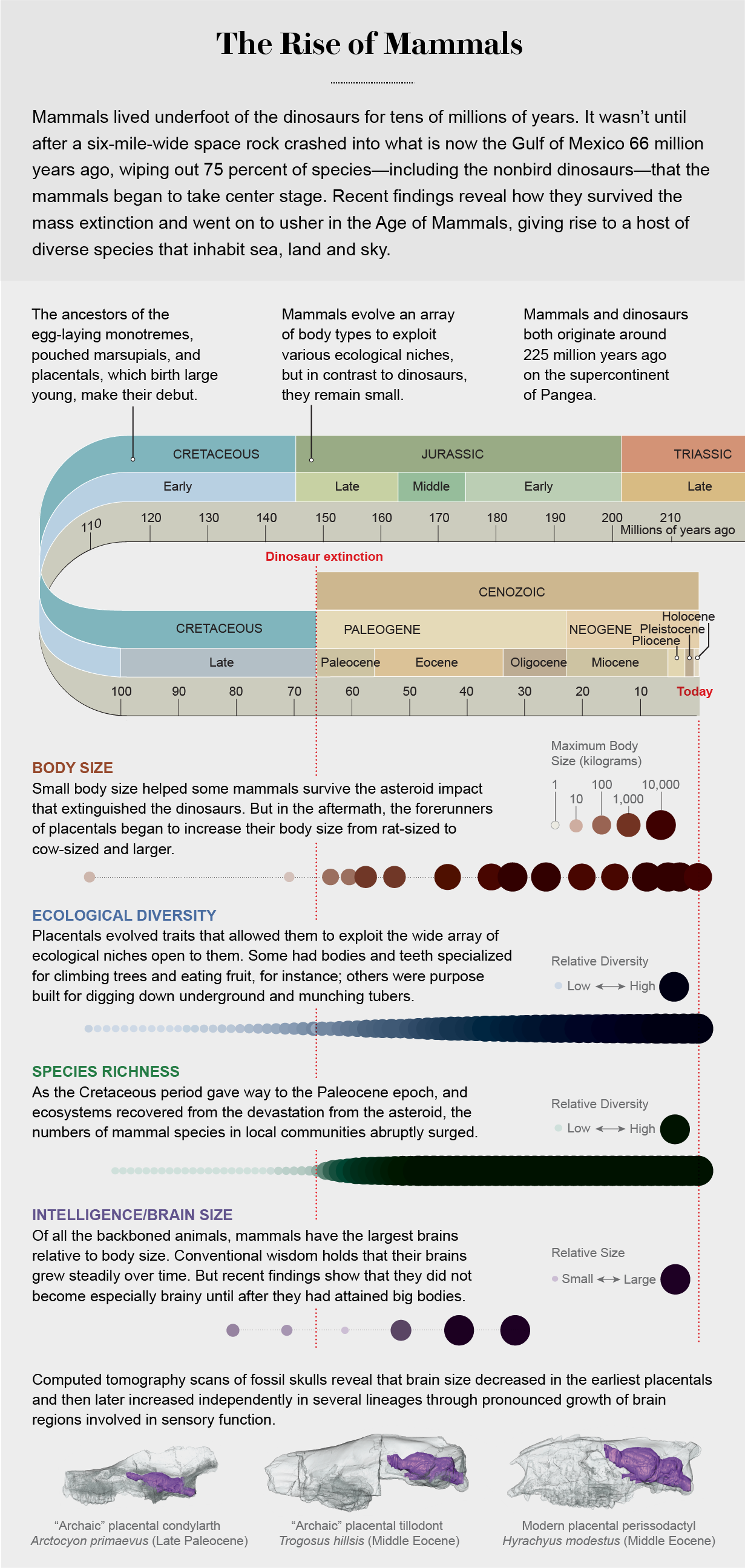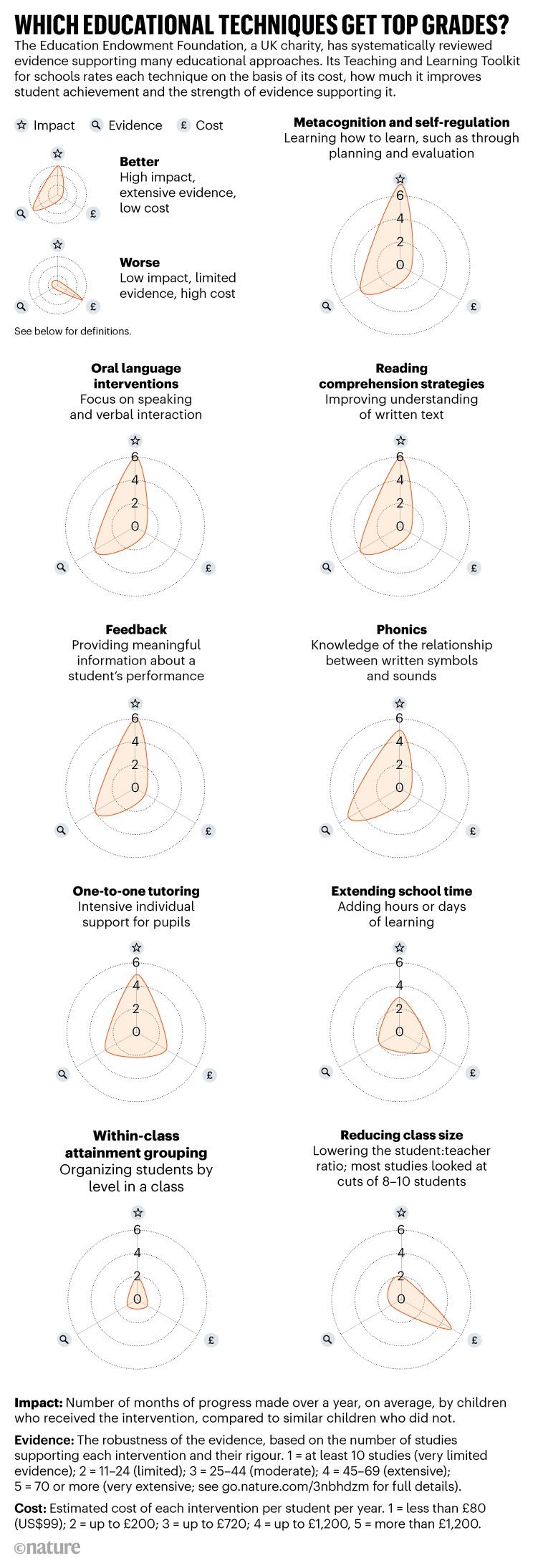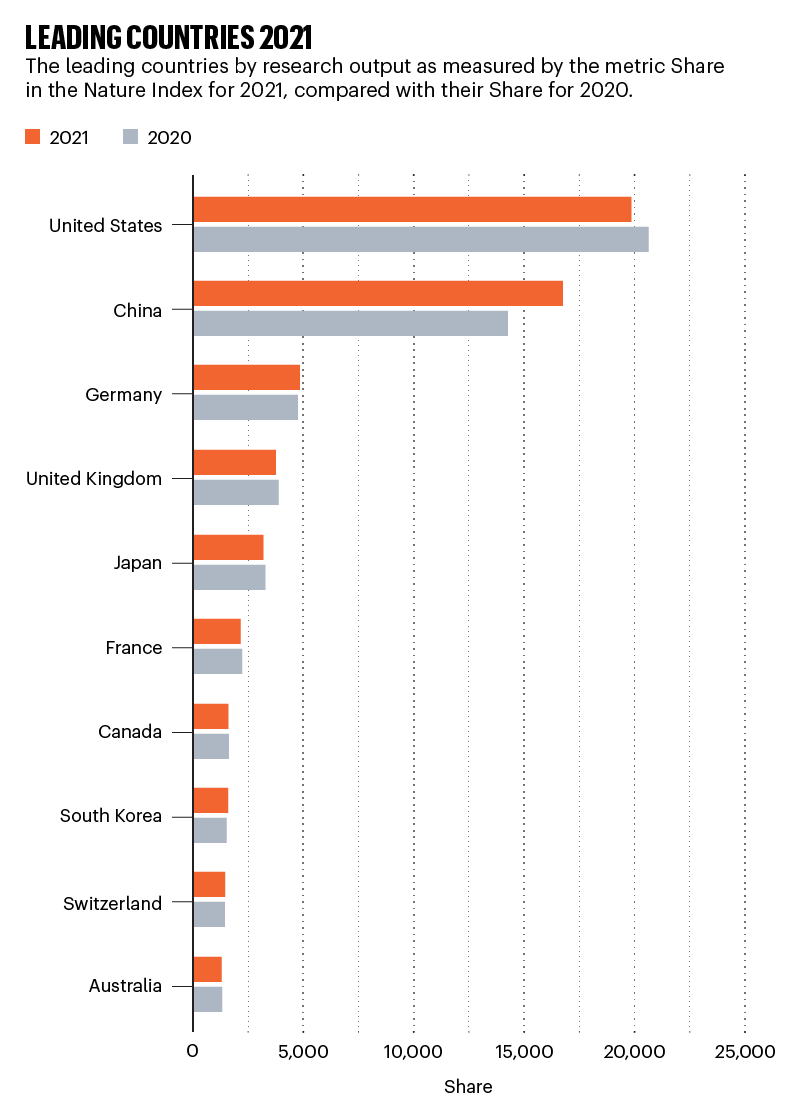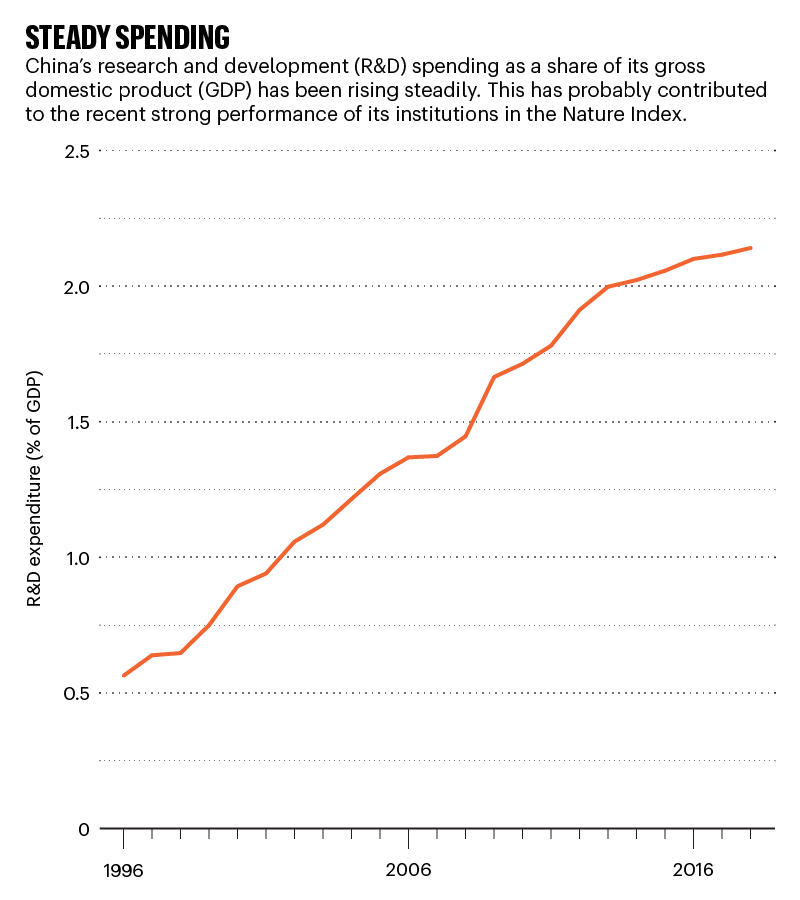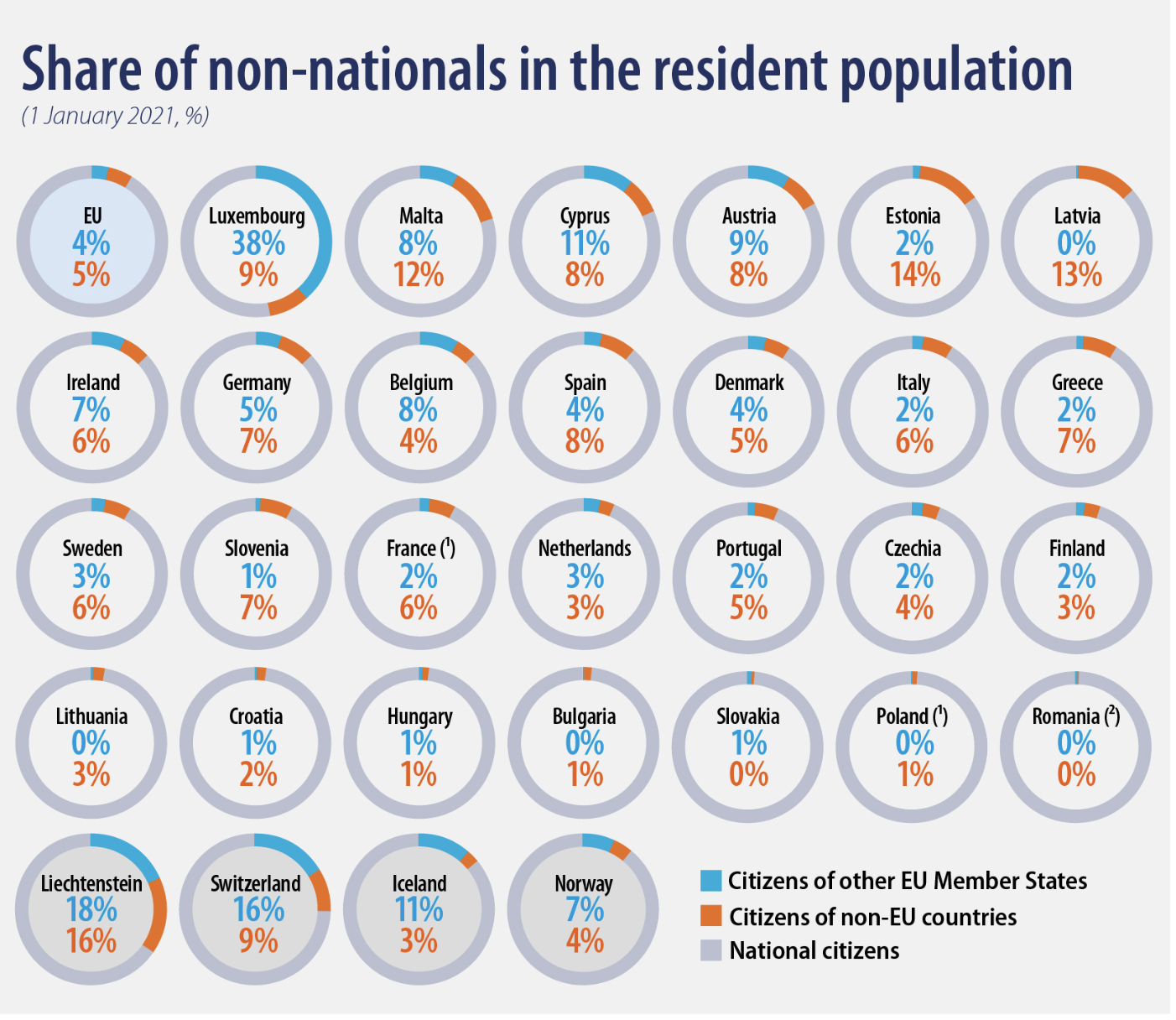
https://www.thelocal.fr/20220419/in...eu-citizens-live-in-european-union-countries/
https://ec.europa.eu/eurostat/web/products-eurostat-news/-/ddn-20220330-2
TBH no surprise there for the Eastern European countries, but that has probably changed now with the war. Surprised that there's so comparatively little in Sweden and the Netherlands though, and rather many in Austria.


